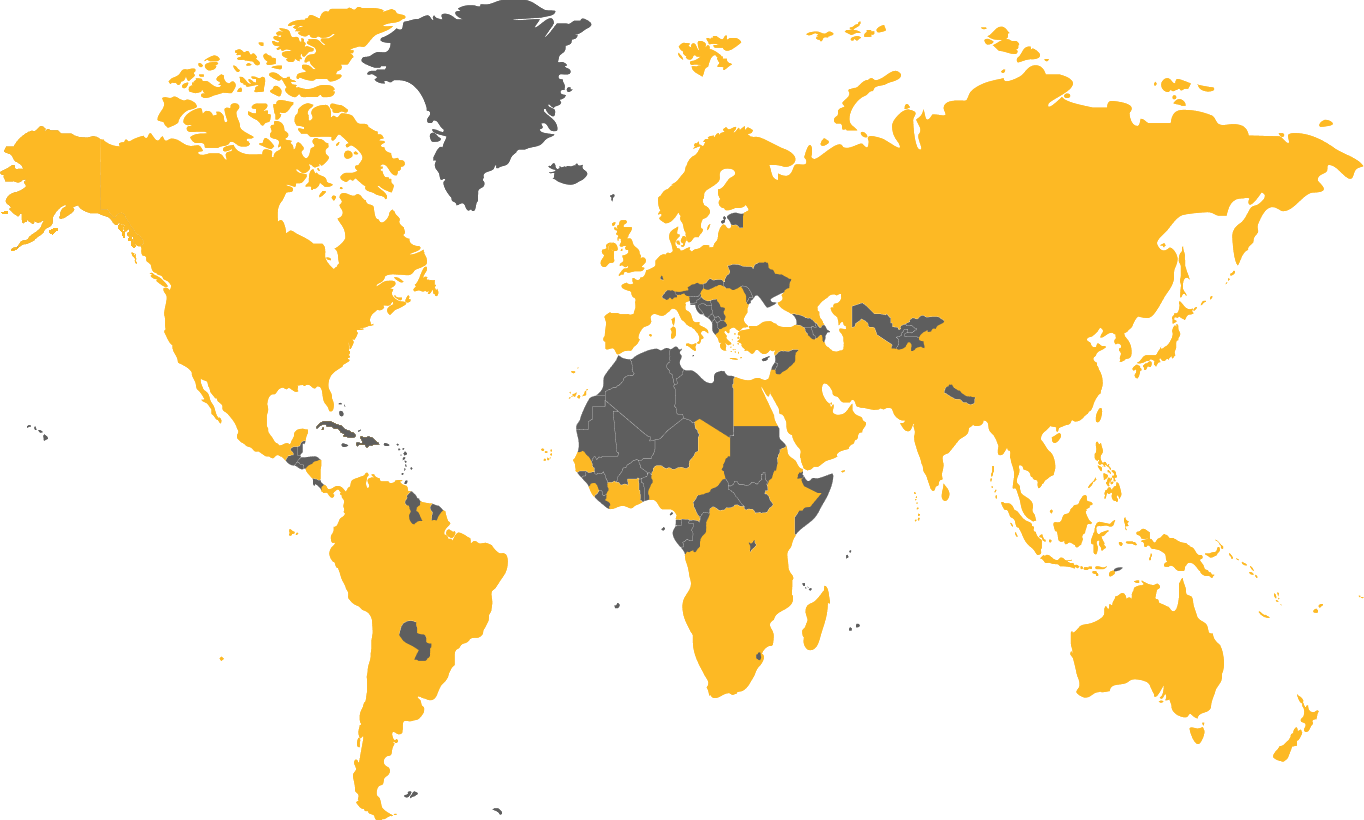Predicting the use of plastics in 1945
Kapooka is an army base just outside of Wagga in NSW. A chatty ‘news’ rag, the Kapooka News was a simple A4 sheet(s) produced with information to help boost morale. Very interesting to see the comments regarding plastics, given poly didn’t even exist yet. Remember, the below article is dated November 4th 1945, a little over 2 months after the end of WWII and Japans surrender.
Plastics
For a long time the public has expressed a keen interest synthetic materials, whether as substitutes for natural resources that will one day be exhausted, or as improvements upon natural materials, whose limitations have become apparent.
Among all the products and processes of creative chemistry, none has attracted more attention than plastics. The drama of raw materials, such as petroleum, coal, air and water or waste products like peanut shells, wheat husks, corn cobs, insect secretions and bits of cloth being transformed into a multitude of useful and decorative objects — combs, buckles, buttons, brushes, jewellery, radio cabinets, bridge tables, camera cases, business machine housings, electrical equipment, silk and textile substitutes and superior enamels, up to “real furniture” and even the huge transparent noses of bombing planes, looking like glass, but shatterproof and weighing much less than glass—all of these modern miracles have helped create and sustain a keen interest into plastics materials.
During this present wartime period, all structural materials have been re-evaluated on the basis of their availability and usefulness for their various essential applications. Plastics have tested and used for many applications for which they had received no previous consideration. An all-out effort has been given developing production materials and methods which could carry the burdens of a war economy that needed rubber, light and non-ferrous metal substitutes. Synthetic materials which could replace rubber especially, demanded the best attention of the entire industry and this search has given plastics makers many new materials which will have noteworthy civilian applications in normal Many developments in the “low pressure laminating field” have resulted in aeroplanes made from paper, resin, wood and cloth. This production has forced the completion of research and investigations which might have been delayed many years under normal conditions.
Automobile manufacturers have been large users of plastics finishes. Compared with the older methods of laborious hand painting, which took many costly hours and Iasted no time in all weathers likely to be encountered, the new plastic coats such as duco, have revolutionised the industry because they can be sprayed on and dried in a few hours, and have greatly improved finishes, which keep their lustre for the average lifetime of the car. Other plastic finishes have been introduced for such articles as refrigerators, having a baked hard surface which will not crack or blister with the varying temperatures that those articles have as an outstanding characteristic.
In the field of synthetic silks and textiles, rayon, nylon and vinyon have been produced, which are very pleasing to the touch and moisture resistant, besides having unusual elasticity, toughness and long wearing properties. Nylon is finding desirable fields in brushware because of its remarkable toughness and almost zero moisture absorption. Vinyon is a newly developed textile which is very light and elastic and can be most successfully used for such things as shoes, suspenders, raincoats, etc.
One of the relatively new fields for plastics is in the manufacture of plywood. This industry has suffered for years because the adhesives available did not produce panels with any degree of uniformity. The new plywood panels which use plastic adhesives as a bond for several plys, are impervious to moisture, bacteria and fungi, which formerly destroyed panels made with the best glues available. These new panels are in great demand in buildings, because they combine uniform strength with large size and thus contribute to inexpensive yet sound construction. Furniture made from thee materials has set new high standard in stability and in resistance to abuse and surface checking. Thus has the new
standard been set which may result in the post-war period being called the plastic era.







